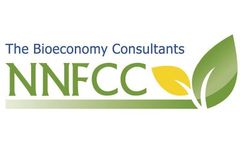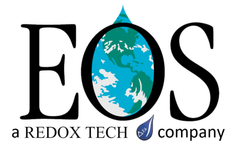Pomace Articles & Analysis
9 articles found
Unavoidable food supply chain wastes (UFSCW), including crop residues, by-products of food processing such as apple pomace or olive mill waste, and livestock manures, represent a source of organic matter that can be used as a feedstock for biofuel, bioenergy, or biobased material and chemical production. ...
(Common examples: distiller’s grains, sweet corn cannery waste, bakery waste, grain screenings, apple pomace.) Ultimately, knowing what the various nutrients do for your cattle is essential to any serious beef producer. ...
The olive oil production was conducted by two extraction procedures: first, a two-phase extraction giving extra-virgin olive oil and humid pomace, second, a three-phase working process of humid pomace, obtaining another minimum quantity of extra-virgin olive oil, ‘dry’ pomace devoid of polyphenols, and mill wastewaters rich in anti-oxidant ...
These compounds can be produced during anaerobic fermentation by the bacterium Clostridium acetobutylicum and a variety of related organisms growing on substrates such as potatoes, corn, rye, millet, cheese whey, apple pomace, algal biomass, (Woods, Trends in Biotechnology 13: 259-264, 1995) and soybean oil that can be used to enhance reductive dechlorination in groundwater. ...
There are fish feed raw materials: Bran chaff feed, oil cake feed, amphibious plant feed, pomace feed, cereal feed, animal feed, compound feed. For more information, please click the following link: ...
By–product generated from apple juice industry (apple pomace) was dried, milled and used as nutritionally rich ingredient for the preparation of rice flour–based extrudates. Response surface methodology was used to investigate the effects of extrusion conditions including moisture content (17–21%), screw speed (270–310 rpm), die temperature (110–130°C) and proportion of apple ...
Thus, the treatment combination of T12 followed by T9 and T3 proved to be the best treatments for all the studied characteristics.Keywords: Eisenia foetida, vermicomposting, vermiculture, biosolids, apple pomace, nutrients, micro–organisms, organic waste, nitrogen, phosphorus, potassium, calcium, sulphur, magnesium, ...
In 1998 disposal costs of fruit residues cost RAUCH on average EUR 1.00/t, using a range of disposal routes, although the zero-cost of apple pomace disposal distorted the real costs of the other waste management routes. ...
In 1998 disposal costs of fruit residues cost RAUCH on average EUR 1.00/t, using a range of disposal routes, although the zero-cost of apple pomace disposal distorted the real costs of the other waste management routes. ...






